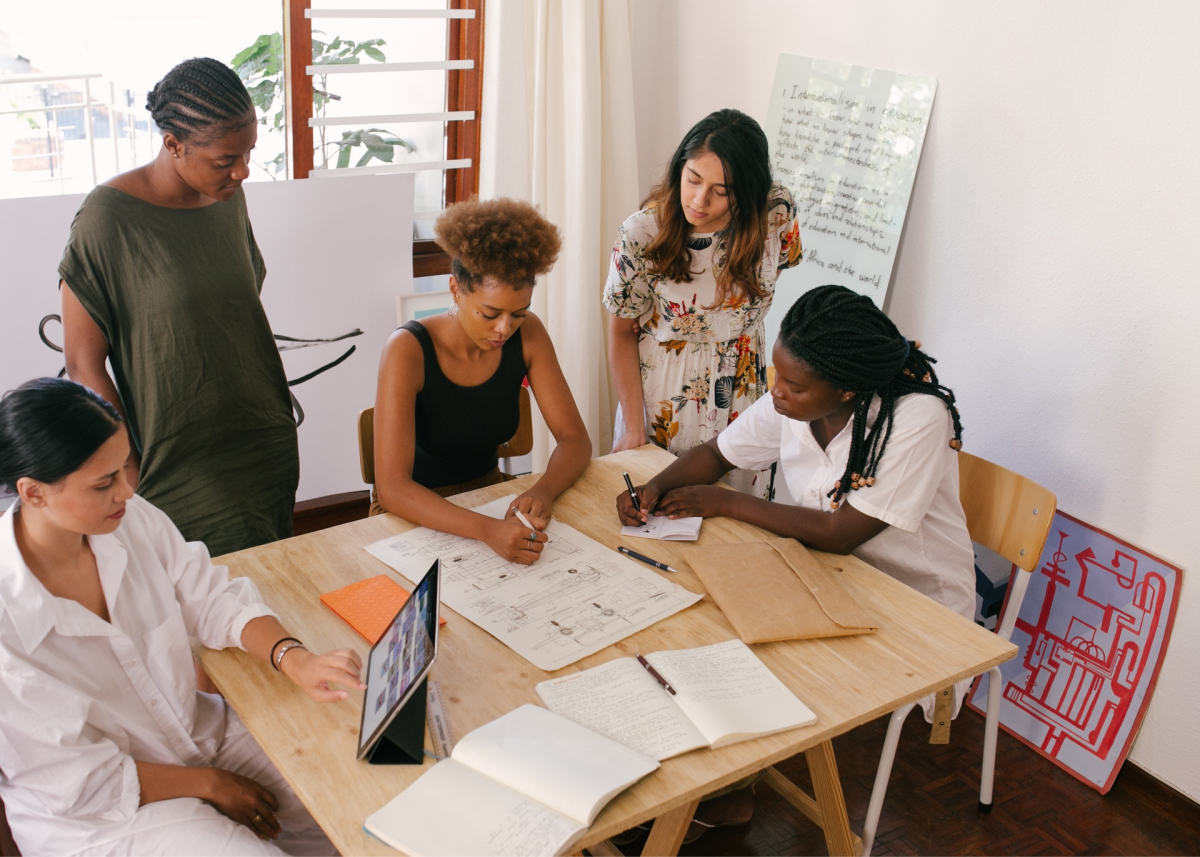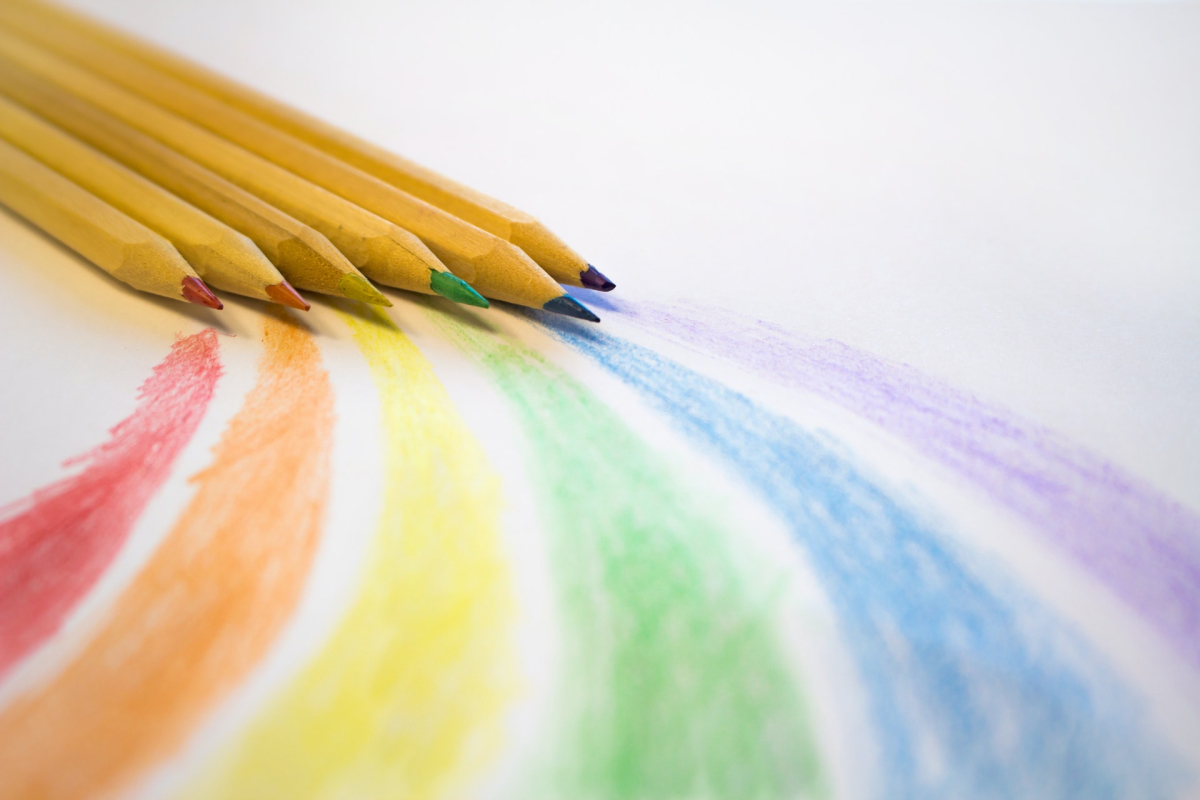Having everyone bring the same skills to a project or company leads to dull products.
Creators don’t want potential users to come away from a product thinking “that wasn’t created for me.” This frustrating user experience turns users away. Here at Proto.io, we know that diverse teams can better serve their customers and turn them into ambassadors by showing that you’ve approached your solution from multiple angles.
We need different points of view to take a product from average to excellent. Diversity in design, whether it refers to race, gender, sexuality, ability, or lived experience, is extremely helpful. Before we go much further, we want to make our position known: we believe creating a diverse and equitable workplace is simply the right thing to do. This is especially important to discuss right now during pride month amid a pandemic, with protests erupting around the world to demand racial justice.
In order to further explore diversity in design in terms of the benefits that diversity of identity, thought, and lived experience bring to companies and products, we asked Black and LGBTQIA designers the following questions.
- What are you working on, and how do you feel your identity impacts your designs?
- What can your company/clients do to better support you?
- Can you give an example of when diversity of identity, thought and lived experience improved something you worked on?
Below you’ll find our deep dive into diversity in design.
Incorporating Personal Identity into Design
One important change that has entered the workplace recently is the saying, “bring your whole self to work.” If you are an environmentalist or active in your local church, for example, you should be comfortable (and encouraged) to speak openly about this. Of course, there will be limits to what is appropriate to bring to the table at work, but most topics related to identity should be all clear. Companies should also put in the effort to support employees who want to celebrate pride or women’s history month. Employees deserve to feel comfortable being who they are at work and speaking up from their unique perspective when it can better the company or project.

Brianne Rowe is a graphic designer at Haddad & Partners. She thinks that identity is essential to her work. She tells us, “My identity impacts all aspects of my design. Every project I work on is designed through the eyes of a black woman.” While the impact this has on her work varies, her unique perspective is an asset to any project she works on. This is especially important because she believes “There’s not enough POC [people of color] in design positions – especially high-ranking positions – in design/art departments across the board. Design can do better with reaching out to and creating initiatives trying to recruit specifically women and POC into the industry.”
Jordan Kentris describes himself as an LGBT UX and event designer who is the Founder and Creative Director at A Good Day, a bespoke design studio specializing in events, branding, and website design. He similarly finds that “My identity has a huge influence on my design process and outputs as it has given me a voice I wouldn’t have had otherwise. It has taught me to pull from various lived experiences as well as taught me to listen to the needs of my clients and their users/consumers through a lens of compassion.” All of these are absolutely essential to building strong design teams and their subsequent deliverables.
Ensure Your Team and Users Are Representative
The team you employ needs to have relevant experience in order to best complete their work, as Rowe learned. She remembers how her hobbies and knowledge became assets. “At a past position, I was a designer for various products that were heavily focused on pop culture and licensed imagery. We had just acquired the licensing for a number of new musicians and TV shows and had a meeting to decide who would take on what projects for the new licenses. During the meeting, it was discovered that no designers in the office beside me happened to be a fan of or have much knowledge about these artists or shows. The projects for them were all assigned to me for concepting and initial design phases. I also became the design lead for any future changes. I was able to create the designs for these projects from an authentic place of knowing instead of guessing or just Googling what the artist’s/show’s aesthetics were. The licensors were pleased with what I had created, and the products went on to sell well.”
Kentris had a similar experience. He recounts, “I was working on a project a number of years ago where I was on a team that didn’t understand the needs of the market they were targeting. I was able to share my coming out experience with the team to give them a perspective they never considered/weren’t aware of. The outcomes were a much stronger product with content that was relevant to the market and had increased conversion rates over 40% as they were connecting with their true intended audience.”

Personal identity is a great place to start for designers, but it also needs to branch out to user research. If your user panel consists of only white men between 20 and 30 years old, yet your app is targeted to anyone between the ages of 16 and 54, then you’ll need to try harder to get more women and older users to participate. Just as you don’t want all of your designers to come from the exact same background, you will also need feedback from a diverse group of people to ensure your final product doesn’t accidentally exclude any potential users.
Concrete Actions to Improve Diversity in Design
To make the design industry more equitable, Rowe and Kentris have great suggestions for boosting diversity in design. Rowe suggests that companies “Plan more projects that focus on inclusive content. More diverse stock photos selections when the company controls its own library of photos. Take a very deep look at your company and its practices/policies and address the systemic issues that exist. Actively look for ways to support POC employees consistently.”
Kentris chimes in, “Leadership has been predominantly cisgender, straight white men and those voices are dictating the direction and vision of all client work. In my own business, I’ve made it part of our core ethos to collaborate with designers from all backgrounds. Voices with different perspectives and lived experiences make every project better as we create with our own bias and attitudes, so we may not always see the product from another’s perspective until we are forced to challenge that view.”
Making sure design and all other disciplines have a more representative workforce in the future starts today. This includes hiring candidates that think and look different than you. But to have a lasting impact, there needs to be a consistent effort to get kids from different backgrounds into the pipeline.

There is a disconnect that is keeping many students who might be great designers from getting started in the field. Rowe explores this opportunity gap. “A lot of lower-income children don’t have reliable access to computers, let alone computers that are capable of running design software. Even if they are interested in the design world, their options to get real hands-on experience are extremely limited.”
In order to make a difference and help champion budding minority designers, Rowe suggests that “Computers and Adobe Creative Cloud subscriptions should be donated to schools in lower-income areas at much higher rates, children should be sponsored to go to design conferences, workshops or camps, and more college scholarships should be offered to kids studying design through higher education.” Getting students interested in design earlier on in life and providing them with the essential tools to get started helps ensure that the designers of the future will look and think differently, bringing fresh ideas to their studios in the future.
This is just a starting place for creating a new and more diverse design discipline. If we as individuals commit to taking small actions each day, then we can compound our impact as a group and change who the great designers of tomorrow are.
How are you working toward increasing diversity in design? Let us know by tweeting us @Protoio.
Proto.io lets anyone build mobile app prototypes that feel real. No coding or design skills required. Bring your ideas to life quickly! Sign up for a free 15-day trial of Proto.io today and get started on your next mobile app design.






